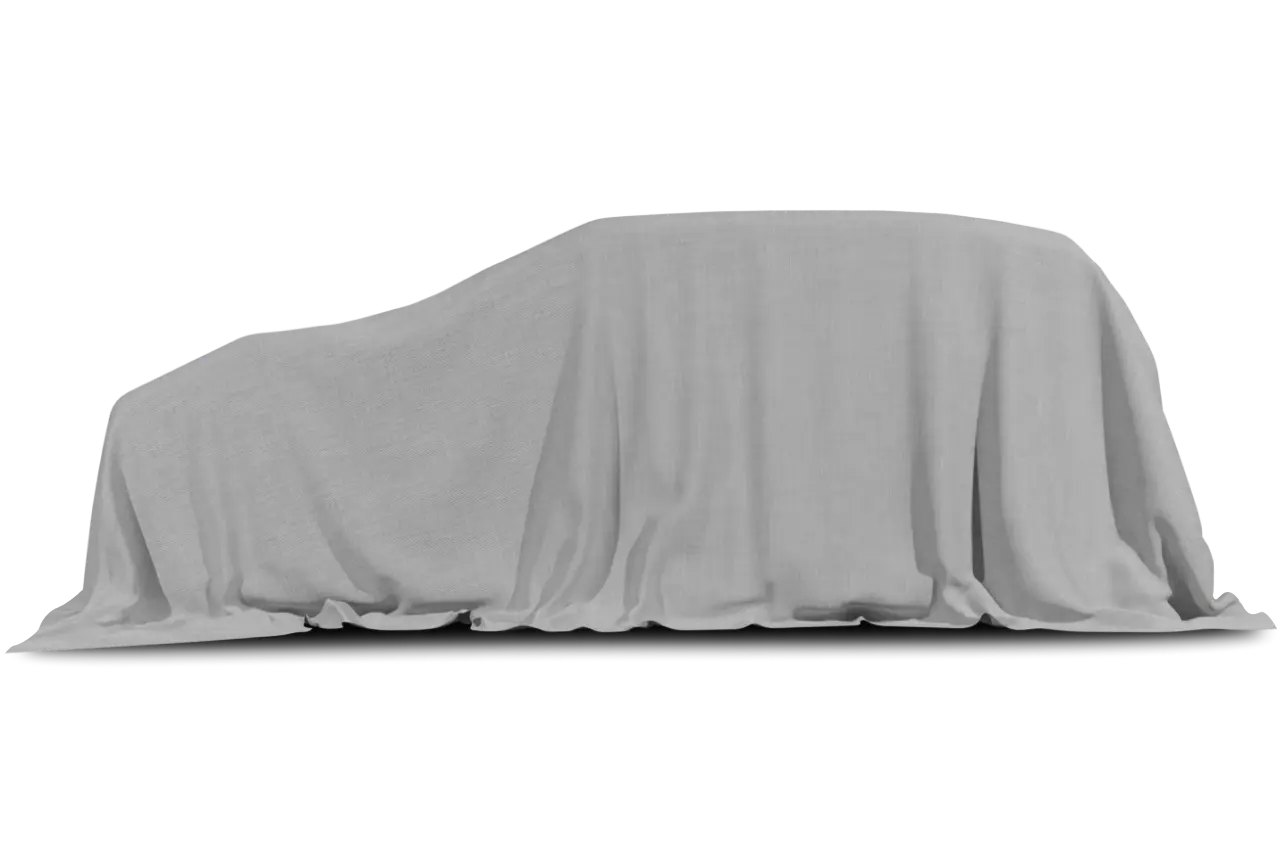
I’ve been a fan of the Ford Escape Hybrid for several years; it’s a tough-looking SUV that embraces its truck roots.
If you’re looking for a smooth ride, you’ll want to look elsewhere because the Escape Hybrid rides more like a truck than a car; you’ll definitely feel all the bumps in this baby and know what kind of terrain the four huge tires are climbing. Personally, I liked this no-secrets approach because I used the sensory feedback to let me know how to adjust my driving to road conditions. Some moms (and finicky passengers) might prefer a softer, more carlike feel.
The Escape Hybrid has a 155-horsepower, 2.5-liter four-cylinder gas engine that’s paired with a 94-hp electric motor. It was fun to drive, and I never felt like there was a lack of power. While it moved quietly when in electric mode, I occasionally noticed some engine noise creeping in when the four-cylinder was engaged, which served to remind me that this is no cushy crossover.
The Escape Hybrid gets an EPA-estimated 30/27 mpg city/highway. In the city, I averaged roughly 25 mpg, which isn’t quite as high as the estimates but not bad for all the stop ‘n’ go traffic.
My biggest problem with Escape Hybrid is its price: My top-of-the-line model cost roughly $37,000. That’s getting really close to luxury-car territory. For about $45,000 you can get a 2010 BMW X5. The Escape Hybrid is a small SUV from Ford, not Lincoln, so it needs to be priced accordingly.
Exterior
Despite the exterior design trend to make everything rounded, I still love the Escape Hybrid’s square edges. This mommy likes a big, bad chrome grille, and the Escape Hybrid delivered tons of shine; perhaps enough for a quick tooth check before heading in to meet friends?
From the side, the Escape Hybrid is all buttoned up, with straight, sturdy-looking lines accenting big, square windows, which offer great visibility. The rear window can open independently of the liftgate; I loved this feature because it could help when you’re hauling those excessively long items from the local home center.
However, I had some problems when it came to hauling my kids. My test SUV didn’t have running boards ($345). Without them, my 4-year-old had a hard time climbing into the Escape Hybrid. It usually took several attempts before he could get into the backseat. If you have younger kids, I’d get the running boards.
One thing was certain in the Escape Hybrid, my kids needed of a quick scrubbing before going into public after a ride in it. The dark gray plastic beneath the doors was a dirt-collecting magnet that my kids would brush against while climbing into the SUV, leaving them with dirty coats and pants. Eww!
SENSE AND STYLE
Family Friendly (Not Really, Fair, Great, Excellent): Fair
Fun-Factor (None, Some, Good Times, Groove-On): Groove-On
Interior
While the Escape Hybrid stays rugged on the outside, it manages a softer look on the inside with Stone-colored leather, shimmering accents and a sunroof to let in a little natural light. Color matters, and the Escape Hybrid’s interior reminded me of a sunny morning in the clean version of my kitchen.
There’s tons of cool technology in the Escape Hybrid. From watching the engine’s performance and checking our family calendar (perfect for moms on the go) on the center stack’s touch-screen to using the Sync system to call Daddy from the road, this hybrid kept us on the ball.
The Escape Hybrid’s seating was firm yet comfortable up front. My test car had heated seats for the front row. In the backseat, my boys were able to buckle up by themselves. What a relief. However, the backseat cupholders, which sit at the rear of the center console, were out of reach for the kids.
My boys loved selecting the color of the hybrid’s ambient lighting. This seriously kept my youngest busy for at least 15 minutes while we waited in the school parking lot for his big bro to join us.
IT’S THE LITTLE THINGS THAT COUNT
Storage Compartments (Puny, Fair, Ample, Galore): Fair
Cargo/Trunk Space (Puny, Fair, Ample, Galore): Ample
Safety
The Escape Hybrid’s Latch connectors scored major points with me because they weren’t hidden beneath the seatback. My son’s booster seat fit well in the backseat, which is flat with no bolsters to get in the way, and there’s enough legroom in the second row to accommodate a rear-facing child-safety seat.
The Escape Hybrid has standard Roll Stability Control, a sensor detects the beginning of a rollover and can act to stop it. This system is only available on SUVs from Ford-owned brands. The hybrid also has standard antilock brakes with brake assist, electronic stability control and traction control. It has standard front- and side-impact airbags for the front row and side curtain airbags for both rows.
My top-of-the-line test car had a standard backup camera, but it’s optional on the base model. The Escape Hybrid now offers MyKey, a programmable key that allows parents to encourage teen drivers to drive more safely and efficiently by limiting the car’s top speed to 80 mph; it also ensures that they’re using their seat belts. There’s also a newly available auto-park option that helps people like me with the dreaded parallel parking.
The Escape Hybrid scored the highest rating of Good in frontal-offset, side-impact and rear crash tests by the Insurance Institute for Highway Safety. In past years these crash-test scores would earn it a Top Safety Pick, however, this year IIHS has added a rollover crash test to its Top Safety Pick requirements. The Escape Hybrid scored the lowest score of Poor in this crash test.
FAMILY LIFESTAGE
In Diapers: Child-safety seats should fit without any problems.
In School: Younger kids might need help getting into this SUV, but once in, it’s a good fit for kids.
Teens: The programmable MyKey gives parents some control over their teen drivers.

















































